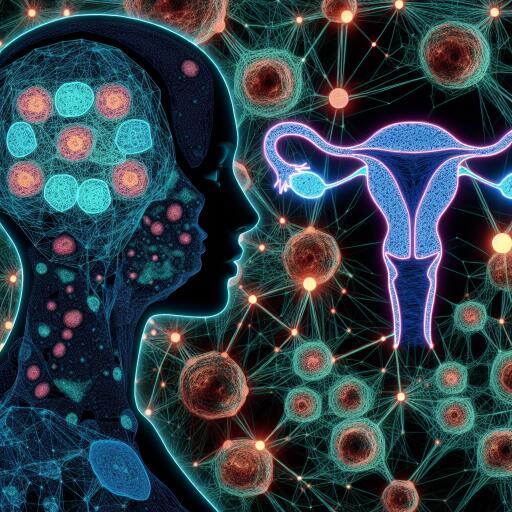Unlocking Advances in Cervical Cancer Detection: A Fusion of Deep Learning Models
In the ongoing battle against cervical cancer, leveraging technology has become a beacon of hope. A groundbreaking study has embarked on enhancing cervical cancer detection by integrating a robust classification system through the fusion of deep learning models, as detailed in Scientific Reports. This innovative approach sets a new precedent in medical technology’s ability to diagnose this disease with unprecedented accuracy and efficiency.
The cornerstone of this research involves utilizing a comprehensive blend of online and offline machine learning algorithms against benchmark datasets. The study leverages hybrid techniques for segmentation challenges and optimizes feature count with tree classifiers, marking a significant leap in the field of medical image processing. Among the fascinating findings is the capacity of certain algorithms to surpass 100% in accuracy, precision, recall, and F1 scores, scaling with the training data percentage.
Utilizing supervised machine learning, this research makes early detection of cervical cancer a more feasible reality. The dataset, drawn from UCI, focuses on cervical cancer information and utilizes various feature selection methods such as Relief rank, the wrapper approach, and LASSO regression. The results are commendable, with techniques like XG Boost model reaching an accuracy rate of 94.94%. When integrating deep learning, using pre-trained models and transfer learning shines, with Google Net marking a classification accuracy of 96.01%.
This study further introduces a deep feature-fed MLP (Multi-layer perceptron) neural network, innovatively adjusting the neuron count in its hidden layers. These MLP enhancements, through features extracted from sophisticated models like ResNet-34, ResNet-50, and VGG-19, have produced astonishing accuracies of 99.23% for two classes and 97.65% for seven classes in the Herlev benchmark database.
In aiming to bridge the existing research gap in cervical cancer detection, the study outlines a fusion of deep learning models to improve detection accuracy and robustness significantly. This method emphasizes the collaborative power of different deep learning architectures, presenting a novel pathway in enhancing cervical cancer detection and early diagnosis potentials.
The data originates from the highly detailed SIPaKMeD dataset, delineating five distinct cell types into a two-class system for analysis. This research does not only push the envelope in automated cervical cancer screening with pap smear images but also exemplifies the fusion of deep learning (DL) and machine learning (ML) methodologies. By extracting features from renowned CNN models and applying ML algorithms for classification, the study unfolds new horizons for automated screening systems in cervical cancer diagnosis.
Employed pre-trained models have demonstrated significant time and resource savings, bearing the intricate patterns of various image types. This efficiency stems from leveraging vast datasets pre-learned features, with models like ResNet and InceptionV3 being frontline examples in this endeavor.
The study’s exploration into machine learning methodologies like decision trees, Random Forest, and Naïve Bayes theorem reveals a broad applicability across different domains, including cybersecurity and image processing. Furthermore, the utilization of PCA for reducing data dimensionality without compromising essential patterns suggests a promising direction for simplifying complex data for diverse tasks.
This research accentuates the transformative impact of combining deep learning models in enhancing cervical cancer detection. By harnessing the power of both machine and deep learning, the study propels the medical field towards early diagnosis and improved patient outcomes, marking a significant advancement in combating cervical cancer through technological innovation.










